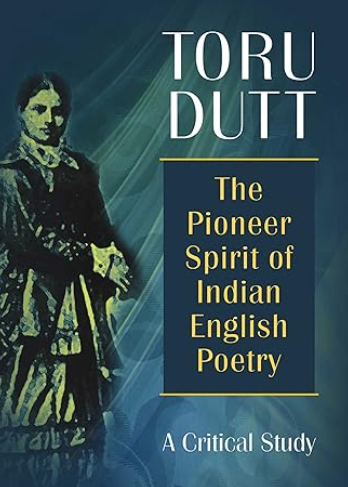Sita is a poem written by famous Indian poet and translator, Toru Dutt. Toru Dutt was a famous Bengali writer who was born in Bengal. The story of poem revolves around a mother who tells a story of Sita Ma to her children.
SITA BY TORU DUTT

BUY TORU DUTT’S POEMS BOOK AMAZON
Summary of Sita By Toru Dutt
Introduction
Toru Dutt’s poem “Sita” is a tender and emotional composition deeply connected with Indian culture, mythology and motherhood. In this poem, the poetess has seen Sita’s personality as a mother through the eyes of small children and has presented it from a very sensitive and human point of view. This poem is not just a mythological tale, but also the story of that intimate relationship between mother and children, which is immortal in every era.
Background of the poem
Toru Dutt was the first famous English poet of India who beautifully weaved Indian themes in the western style. In this poem, she has not only touched the saga of Ramayana but has also shown how the stories of Indian culture are told from generation to generation in the lap of a mother.
Main themes
The ideal form of Sita: a mother, a wife, a sacrificing woman.
Childhood stories: which give wings to the imagination of children.
Combination of nature and mythology: forest, ashram, and depiction of Sita.
Education of Indian Culture: Imparting morality through stories.
Summary of the poem
Imagine — it is a quiet afternoon. Three children are sitting on their mother’s lap. The mother is telling them a story — it is not any ordinary story, but the story of Sita — the most compassionate and tender image of Ramayana.
The mother is telling them in her calm voice how Sita, who was the daughter of King Janaka, lived in an ashram in the forest after being abducted by Ravana. There was no palace there, no comforts, only a quiet ashram surrounded by trees, flowers, rivers and animals and birds.
Sita was living in that forest with her two sons — Luv and Kush. Despite being a queen, she was leading a simple life. In this story of a mother, Sita is not just a goddess, but a mother — who gives affection, education and values to her children.
The children get so lost in that story that it is as if the scene comes alive in front of them. They feel as if they are themselves in that forest, standing near Sita’s ashram, in the shade of her pallu.
Toru Dutt very emotionally shows how a story told in a simple afternoon in the lap of the mother deeply settles in the minds of children for a lifetime.
Use of Symbols
Sita: Symbol of sacrifice, patience and motherhood.
Forest: Symbol of life’s challenges and tranquil nature.
Mother’s story: Medium of cultural education and affection.
Children’s imagination: Reflection of innocence and imagination.
Emotional Depth
The most beautiful aspect of the poem is that it is not just a religious story, but it has the human depth that every Indian child has felt in his mother’s lap at one time or another. When the mother says – “Sita suffered a lot, but still smiled”, she also becomes a mother who teaches.
Message of the poem
Mother’s lap is not only a place of comfort, it is also a temple of knowledge and values.
Our ancient stories are valuable not only from a religious point of view, but also from a moral, emotional and cultural point of view.
Characters like Sita teach us that true power lies in sacrifice and patience.
Why read this poem?
If you want to know how the depth of the Indian soul can be explored even in a foreign language (English) – then definitely read the poem “Sita”. It is not just a religious description, but a magical experience woven with emotions, memories and love.
Conclusion
In the poem “Sita”, Toru Dutt has depicted that intimate moment between mother and children, which has happened in every Indian home at some point or the other. Sita has been portrayed not as a goddess, but as a living, gentle mother – with whom every child can feel connected.
Reading this poem is like returning to the lap of our childhood – when stories were not just stories, but were a part of life.
AMAZON INDIA : – TORU DUTT POEMS BOOK
RECOMMENDED READING